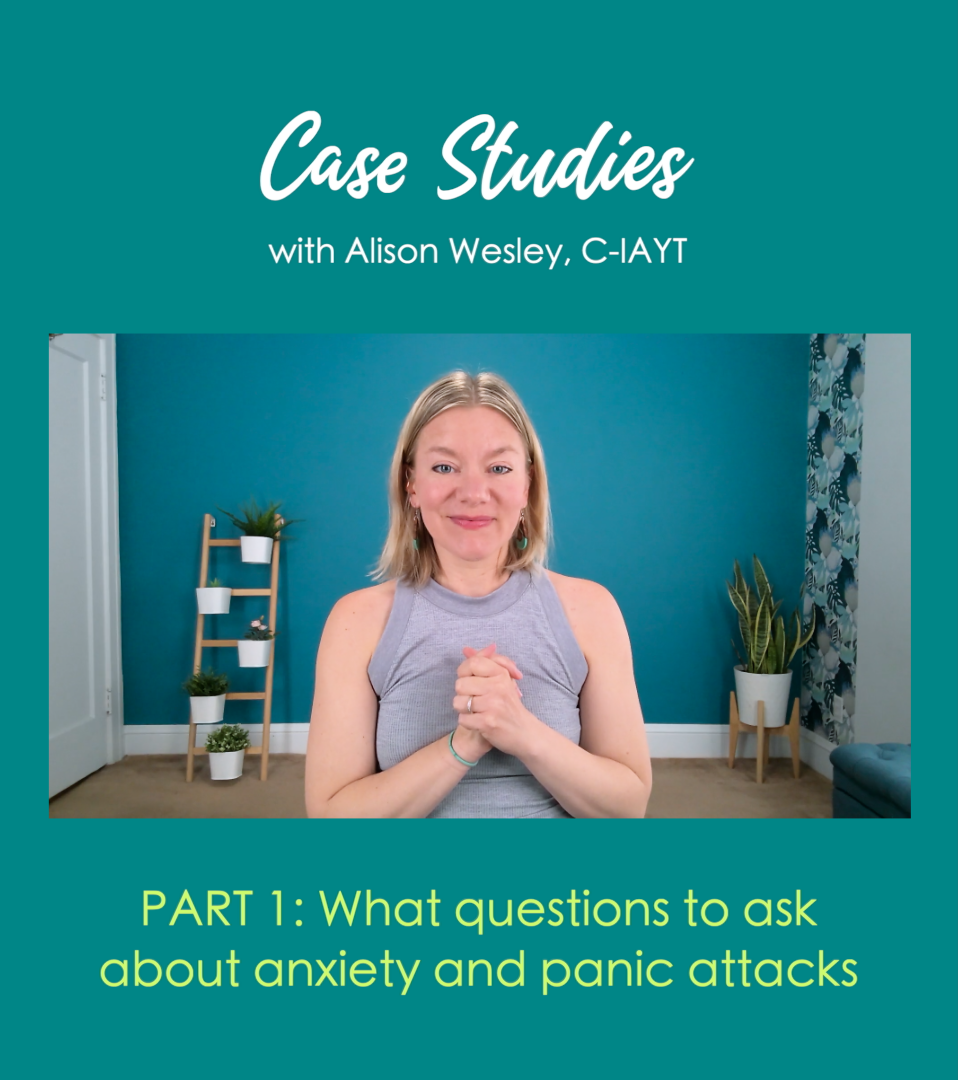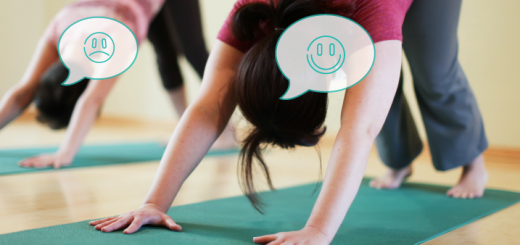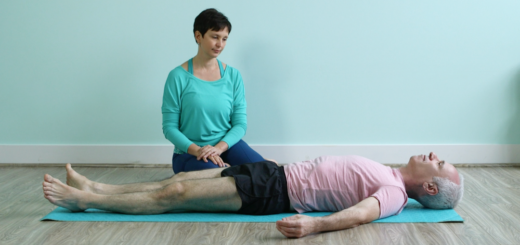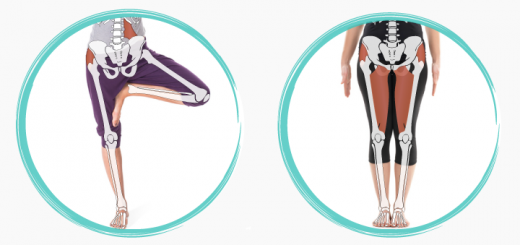Introducing Real-Life Case Studies: Seasoned yoga therapists share their experience
0When we talk about the therapeutic aspects of yoga practice, they are often grouped by condition or symptom, such as yoga for osteoporosis, lower back pain, or better sleep. This type of classification can be useful as a jump-off point and give us some guidelines on what to look for when a person with that condition shows up for a private yoga session. But does it mean that two people who have the same condition should do the same practice? Most of the time, the answer is no. To design an effective and meaningful yoga practice, we have to take into account the student’s health history, symptoms, personality, lifestyle, and many other factors.
As human beings, we learn best from stories. And as yoga professionals, we benefit greatly from the accumulated experience of yoga therapists who worked with students one-on-one for many years. That is why we are thrilled to introduce a new video series that brings that experience to you, called Real-Life Case Studies.
In the Real-Life Case Studies video series, seasoned yoga therapists share their experience working with students one-on-one and the strategies they use to design customized yoga practices. Each yoga therapist focuses on a specific condition or topic and highlights three clients who initially exhibited similar symptoms but ended up with entirely different practices. You will see why different things work for different people and how following the client’s lead in this exploration helps us figure out the most effective approach for them. This video series will feature presentations from experienced yoga therapists who work with such diverse issues as panic attacks, back pain, pelvic floor health, physical and mental trauma, posture issues, and many others.
Our first Case Studies presentation is by Alison Wesley, a certified yoga therapist and Franklin method educator. She will tell us how she works with students who experience anxiety and panic attacks. Alison says:
“Anxiety and panic attacks can show up very differently for different people and should be treated as such – for some, it seems to be constant energy or shakiness that pervades daily life and for others, it can seem to come out of nowhere as a panic attack in the middle of the night.
While working with my three case studies of folks who have dealt with panic attacks, I recognized a common thread as far as excess in Prana Vayu, Vata energy and rajas guna and found that for each of them, emphasis on the exhalation proved to be helpful. But the rest of the practice I created for each was completely different!
What worked for one person would have not worked for the other and it takes being flexible, creative, and observant as a yoga therapist to approach each issue our students face as if a totally unique issue.”
Check out this 2-minute introductory video about Alison’s approach.

Real-Life Case Studies video series is available exclusively to Sequence Wiz members (learn more about Sequence Wiz membership >)
Please check out the first part of Alison’s Case Studies What questions to ask about anxiety and panic attacks on the Sequence Wiz community site. We would love to know what kind of questions you ask and the information you collect when working with students who experience anxiety; please comment under the video. Let’s learn from each other and grow together!
We will release Alison’s case studies once a week on Fridays; join our Case Studies group to follow along!
[jetpack_subscription_form]



















